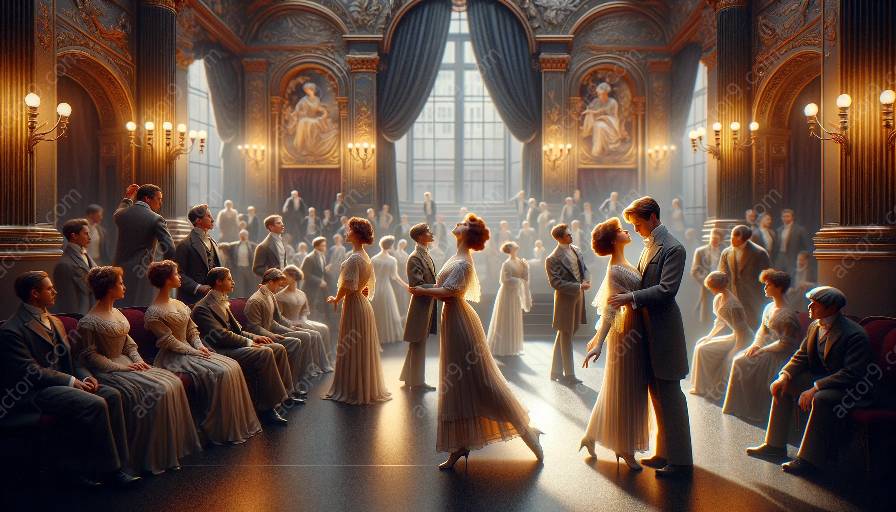The Delsarte System represents a key component in the evolution of acting techniques, embodying a rich history and philosophy that has shaped the way performers express themselves through movement and posture.
Origins of the Delsarte System
The Delsarte System was developed by François Delsarte, a French musician and teacher, in the 19th century. Delsarte was influenced by a variety of disciplines, including yoga, classical dance, and the works of philosopher Johann Wolfgang von Goethe. His studies led him to formulate a method that aimed to express the emotions and intentions of performers through their physical movements.
Philosophy and Principles
At the core of the Delsarte System are principles that focus on the unity of body, mind, and emotions. Delsarte believed that specific gestures and body postures could convey universal emotions and sentiments, irrespective of cultural or linguistic differences. By understanding the connection between the physical and emotional aspects of human expression, performers could effectively communicate a wide range of feelings to their audience.
Influence on Acting Techniques
The Delsarte System has had a profound impact on the world of acting. Its emphasis on physical expression and the portrayal of emotions has provided actors with valuable tools to enhance their performances. Many acting techniques and methods, such as Stanislavski's system and the work of modern movement-oriented actors, have drawn inspiration from Delsarte's ideas, incorporating them into their respective approaches to the craft of acting.
Legacy and Contemporary Relevance
Despite being developed over a century ago, the Delsarte System remains relevant in the world of performing arts. Its influence can be observed in various forms of expression, including dance, theater, and even public speaking. The concept of using the body as a powerful instrument for communication continues to resonate with artists and educators, ensuring that the legacy of François Delsarte endures as a foundational pillar of acting techniques and expressive movement.













































